If you have ever pondered whether it is possible to bleach damp hair, you are not alone. The world of hair care can be filled with conflicting information and mixed opinions. In this post, we delve into the debate surrounding bleaching damp hair to provide clarity and guidance. Can you bleach damp hair?
Join us as Jen Hair will explore the key factors to consider, potential risks, and expert recommendations to help you make an informed decision on whether to adopt bleaching damp hair. Read on to discover important insights and practical suggestions for maintaining vibrant, healthy hair!
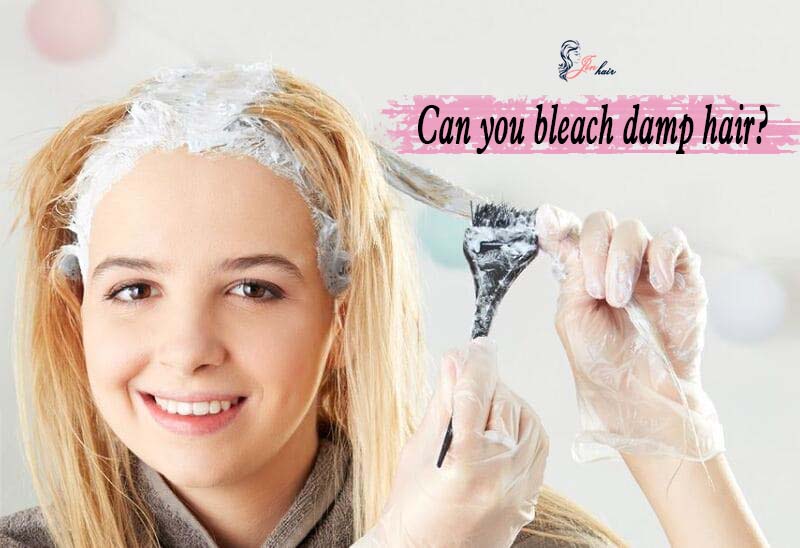
Can you bleach damp hair?
Let’s get straight to the point – yes, it is possible to bleach wet hair. However, similar to dyeing your hair, it is recommended to avoid washing your hair right before the bleaching process. This is because the natural oils in your hair can act as a protective barrier for your scalp to reduce the risk of irritation during bleaching hair.
If you prefer to have your colorist bleach your damp strands, they will not give your hair a complete wash beforehand. Instead, they rinse your hair quickly at the sink or spritz it with water from a bottle.
It is important to note that bleaching wet hair is appropriate in certain situations, and there are specific reasons why you might choose to bleach wet hair instead of dry hair.
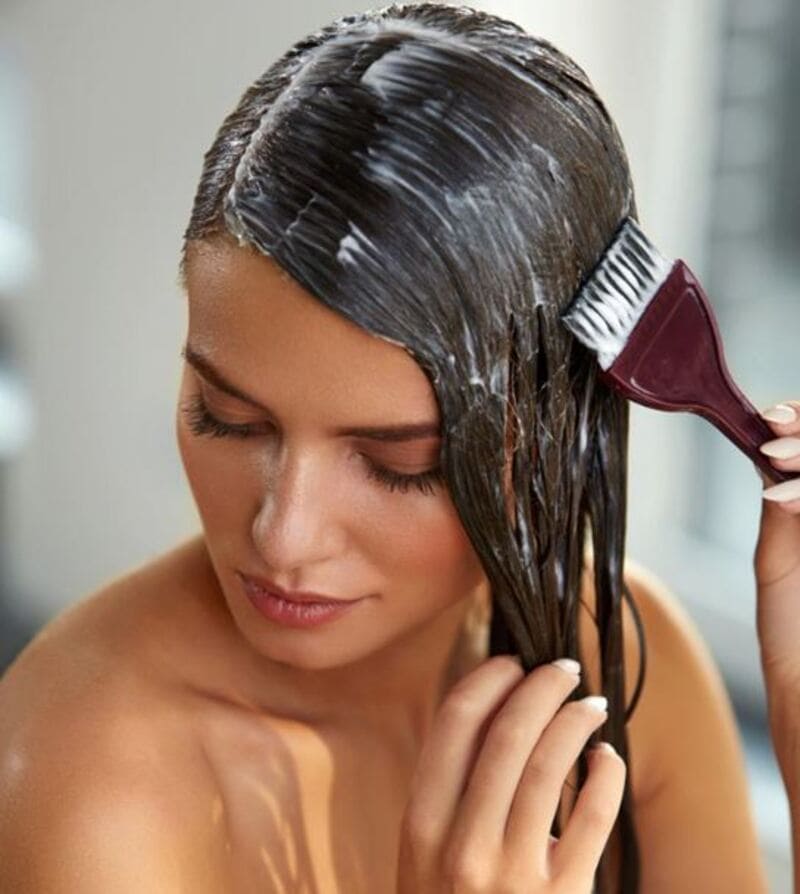
When to bleach wet hair
Can you bleach damp hair? Although it differs from the standard practice, there are several instances where bleaching wet hair is appropriate. Below, we have outlined the three most common cases to bleach wet hair:
-
Faster lightening of hair
Interestingly, wet hair tends to lighten at a quicker pace. If you are short on time or seeking a swift lightening method, your hairstylist may apply bleach to your wet hair rather than waiting for it to dry.
-
Subtle color change
It is important to note that when bleach is applied to wet hair, the color lift is less significant than on dry hair. Water on your hair dilutes the bleach, resulting in softer outcomes. If you desire a subtle color change, your colorist may use bleach on wet hair. This technique is ideal for achieving a lift of only one to two shades.
-
Enhancing end brightness
Wet hair bleaching is particularly well-suited for the wet balayage technique. After dry highlighting and allowing the foils to process, the bleach is rinsed out. A small amount of bleach is applied to the wet ends to add a subtle boost of definition for a beautiful, sun-kissed effect.
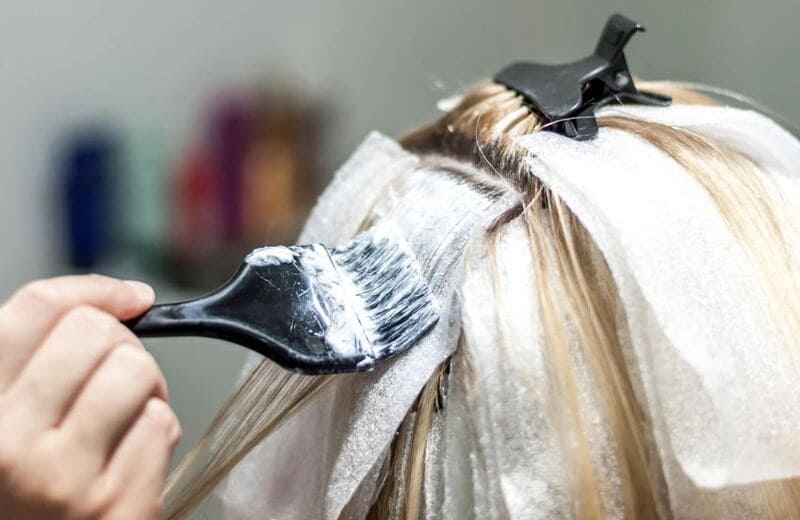
Do you bleach hair wet or dry? The differences
Dyeing wet hair tends to result in less effective dye absorption and vibrancy than dyeing dry hair. For maximum color absorption and vibrancy, it is not recommended to bleach damp hair. Dyeing dry hair allows the dye to penetrate more effectively.
However, can you bleach damp hair? There are certain circumstances where wet bleaching may be required, depending on the desired outcome.
Bleaching damp hair
As mentioned, bleaching wet hair yields different results than bleaching dry hair. Some outcomes of bleaching wet hair include:
- Subtle lightening and transitioning
When hair is wet, the bleach gets diluted with water, making it less potent and effective. If you prefer a more muted color overall, bleaching damp hair may be a suitable option.
- Faster application
Bleach processes more quickly on wet hair because the hair structure changes when wet, with the cuticle being more open. Hair proteins form weaker bonds when wet, allowing the bleach to work faster.
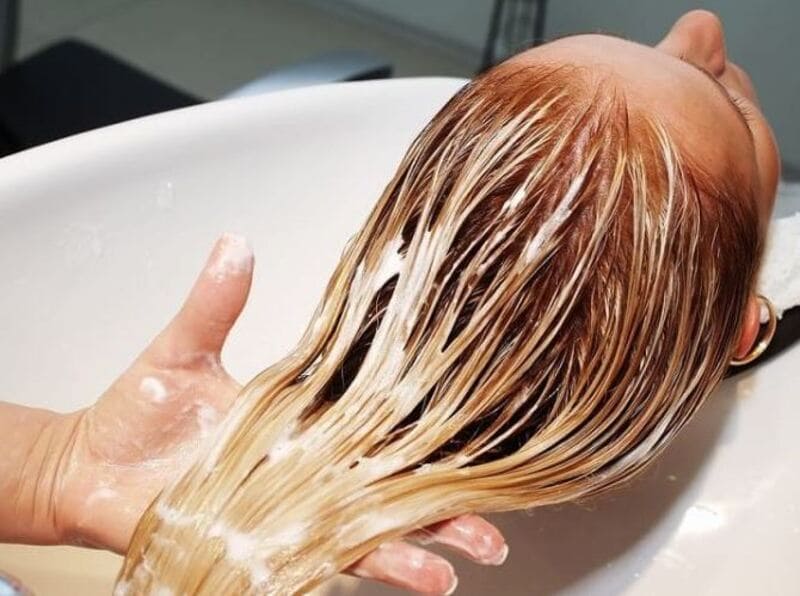
Bleaching dry hair
In contrast, bleach has its full impact when applied to dry hair. When bleach is applied to dry hair, it can penetrate the cuticle and reach the cortex, where it decomposes the melanin pigments responsible for dark hair colors.
By reducing the melanin pigment, the hair achieves a lighter color. While dyeing dry hair takes longer than bleaching damp hair, the results can be more intense and vibrant.
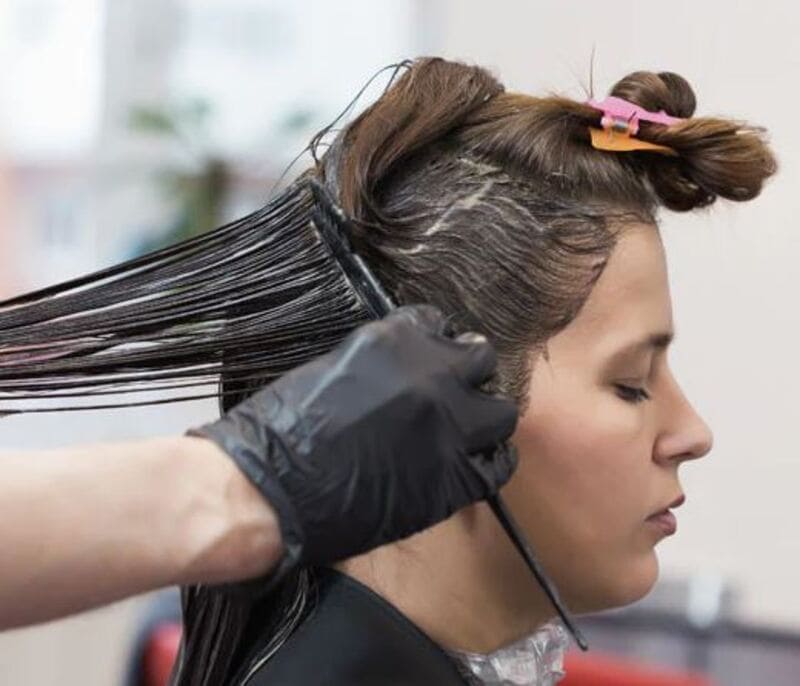
Is bleaching wet hair riskier on your hair?
Can you bleach damp hair? While bleaching wet hair may be a convenient option, there are some downsides to consider.
Hair is at its weakest when it gets wet. When your hair is wet, the cuticle, which is the outer protective layer made of overlapping scales, opens up. Normally, the cuticle shields the cortex, the middle part of the hair, with melanin pigment, giving it color. However, when the cuticle is open, it loses its ability to protect the cortex, making the hair more vulnerable to damage.
It is not recommended to attempt bleaching wet hair at home. Doing so incorrectly can cause significant harm to your hair. Home hair coloring kits typically provide specific instructions that do not involve applying bleach or dye to wet hair.
It is best to seek the assistance of a trained colorist when bleaching wet hair. They know how to safely use this technique while protecting your hair. A colorist can apply the right amount of water before applying bleach and may use a special conditioner afterward to minimize damage.
What to keep in mind when bleaching your hair
By now, you are likely preparing to embark on the journey to lighter hair. However, it is vital to understand that transitioning to blonde can be a risky process. To minimize damage while achieving your desired shade, consider the following suggestions:
Don’t wash your hair 24 hours before bleaching
As previously mentioned, dry and unwashed hair tends to perform better during the bleaching process. The natural oils and buildup on your scalp provide an extra layer of protection and enhance the absorption of bleach.
Skip hot tool usage before bleaching
Blow dryers, curling irons, and hair straighteners can damage your hair by depleting its moisture and natural oils. In the week following your bleach appointment, refrain from using these tools to allow your hair to recover from heat damage.
Be candid with your stylist
Can you bleach damp hair? Before undergoing the bleaching process, it is crucial to inform your hairstylist about any prior chemical treatments or color applications. This information enables them to assess the condition of your hair and adjust the bleach mixture accordingly.
Stick to a specific post-bleaching hair care routine
To restore the health of your colored or bleached hair, a consistent hair care routine is essential. After bleaching, you may experience split ends, dullness, breakage, coarseness, and even scalp irritation. Address these concerns by investing in high-quality shampoos and conditioners for colored or bleached hair.
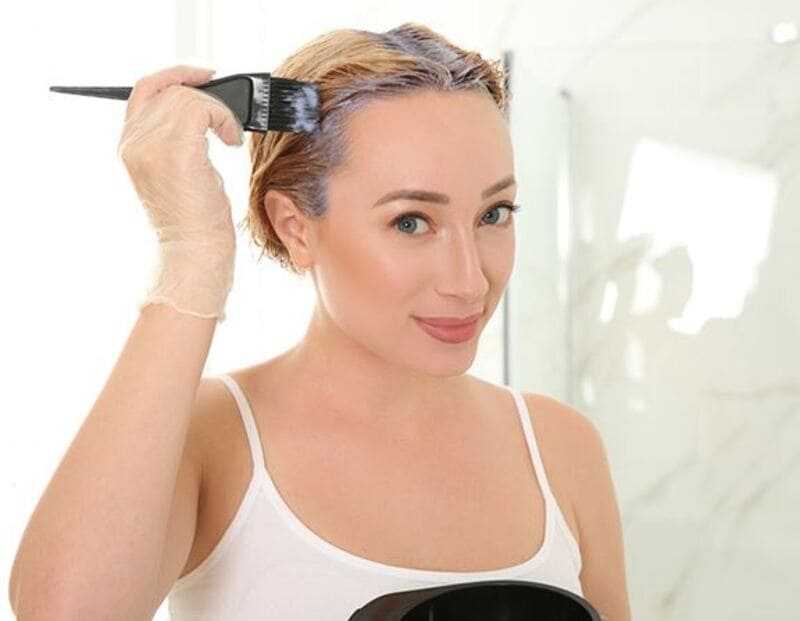
How long should bleach be left on damp hair?
Regarding bleaching wet hair, there is no specific average time that applies universally. The duration for leaving bleach on wet hair can vary depending on factors such as the lightening level, the specific bleach product used, and the condition of your hair.
However, as a general guideline, if you bleach wet hair, the bleach is typically left on for a shorter duration than dry hair. This is because wet hair tends to process and lighten faster due to its altered structure when wet.
On average, leaving bleach on wet hair for approximately 10 to 20 minutes may be a starting point. However, it is crucial to follow the instructions provided by the bleach product manufacturer and consult with a professional hairstylist. They will assess your hair’s condition, consider the desired outcome, and recommend the appropriate duration for the bleach to be left on your wet hair.
Remember, each individual’s hair is unique, so take into account the specific characteristics of your hair to determine the ideal timing for bleaching wet hair.
Can you bleach damp hair? Maintenance and color aftercare after hair bleaching
To ensure the longevity and health of your newly bleached hair color, it is important to follow these maintenance tips:
-
Utilize color-preserving products
Invest in top-quality shampoos and conditioners that are specifically designed for color-treated hair. Look for sulfate-free options to help preserve and extend the life of your hair color by sealing it in and preventing premature fading.
-
Protect from UV rays
Extended exposure to the sun’s UV rays can cause your hair color to fade. Safeguard your locks by using hair products that offer built-in UV protection. Additionally, consider wearing a fashionable hat or head covering when exposed to direct sunlight for prolonged periods.
-
Mind the water temperature
Hot water can strip away hair color, so it is best to opt for lukewarm or cool water when washing your hair. This gentler approach will help preserve the vibrancy of your color for longer.
-
Maintain hydration
Proper hydration is crucial not only for your body but also for your hair’s health and color retention. Stay hydrated by drinking enough water daily. Hydrated hair is healthier, which contributes to better color retention and overall hair vitality.
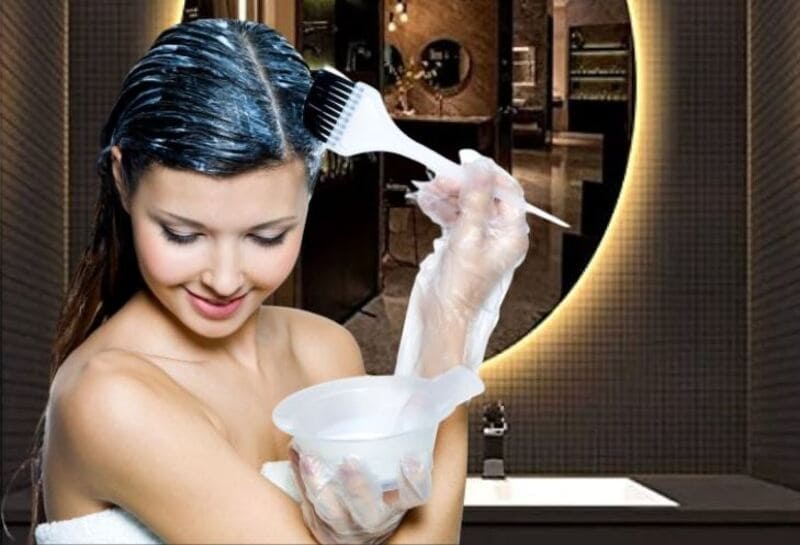
FAQs
Is it better to bleach hair when it’s wet or dry?
Bleaching wet hair can result in faster and more intense lightening than dry hair. However, the timing and technique can vary depending on the desired outcome and the specific bleach product used. It is recommended to consult with a professional hairstylist who can assess your hair’s condition and provide personalized advice on whether to bleach wet or dry hair for the best results.
Can you add highlights to wet hair?
Adding highlights to wet hair is generally not recommended. Wet hair can make it challenging to achieve precise placement of highlights. Stylists prefer working with dry hair to ensure accuracy and control during the highlighting process.
Can you put bleach on slightly damp hair?
Bleaching slightly damp hair is generally not recommended. Moisture on the hair can dilute the bleach and affect its effectiveness. It is best to apply bleach to dry hair to ensure even and consistent results. Moreover, follow the instructions provided by the bleach product manufacturer and consult a professional hairstylist for specific recommendations based on your hair type and the bleach used.
Do you need to wash your hair before bleaching it?
In most cases, it is advisable to avoid washing your hair immediately before bleaching it. Natural oils on the scalp can provide a protective barrier during the bleaching process. It is recommended to have unwashed hair for one to two days before bleaching.
Is it possible to bleach hair that has dry shampoo applied to it?
It is not recommended to bleach hair with dry shampoo or any other styling products still present. Dry shampoo can create a barrier on the hair, making it difficult for the bleach to penetrate evenly and potentially affecting the bleaching process. It is best to thoroughly cleanse your hair and scalp before applying bleach to ensure optimal results and minimize potential complications.
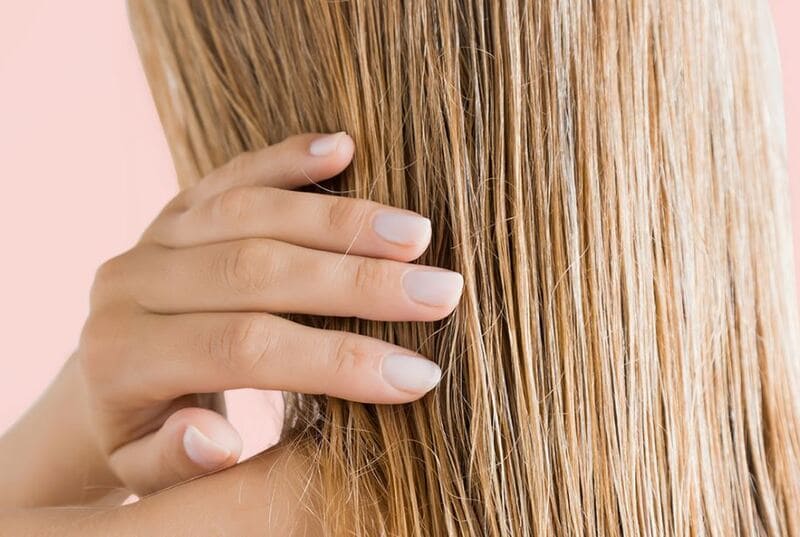
Final words,
Can you bleach damp hair? While it is possible to bleach damp hair, it is advised to avoid washing it immediately before the bleaching process. The natural oils in your hair can provide a protective barrier for your scalp, reducing the risk of irritation. If you bleach damp hair, your colorist may use alternative methods, such as a quick rinse or misting with water, to achieve the desired effect.
It is important to remember that bleaching wet hair is a technique used in specific situations and for specific reasons, so consulting with a professional colorist is essential to determine the best approach for your hair.
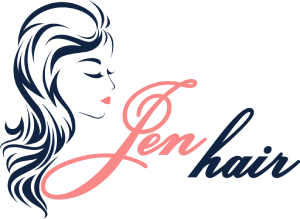
 Guide for the best natural braid ponytail hairstyles
Guide for the best natural braid ponytail hairstyles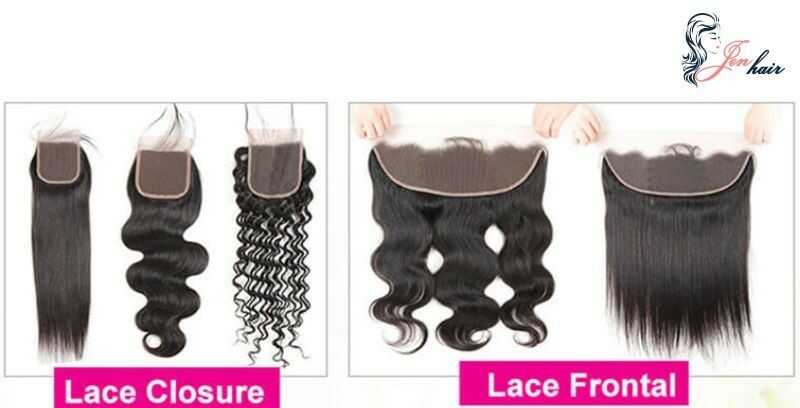 Unlock your best look: How to choose beautiful wigs
Unlock your best look: How to choose beautiful wigs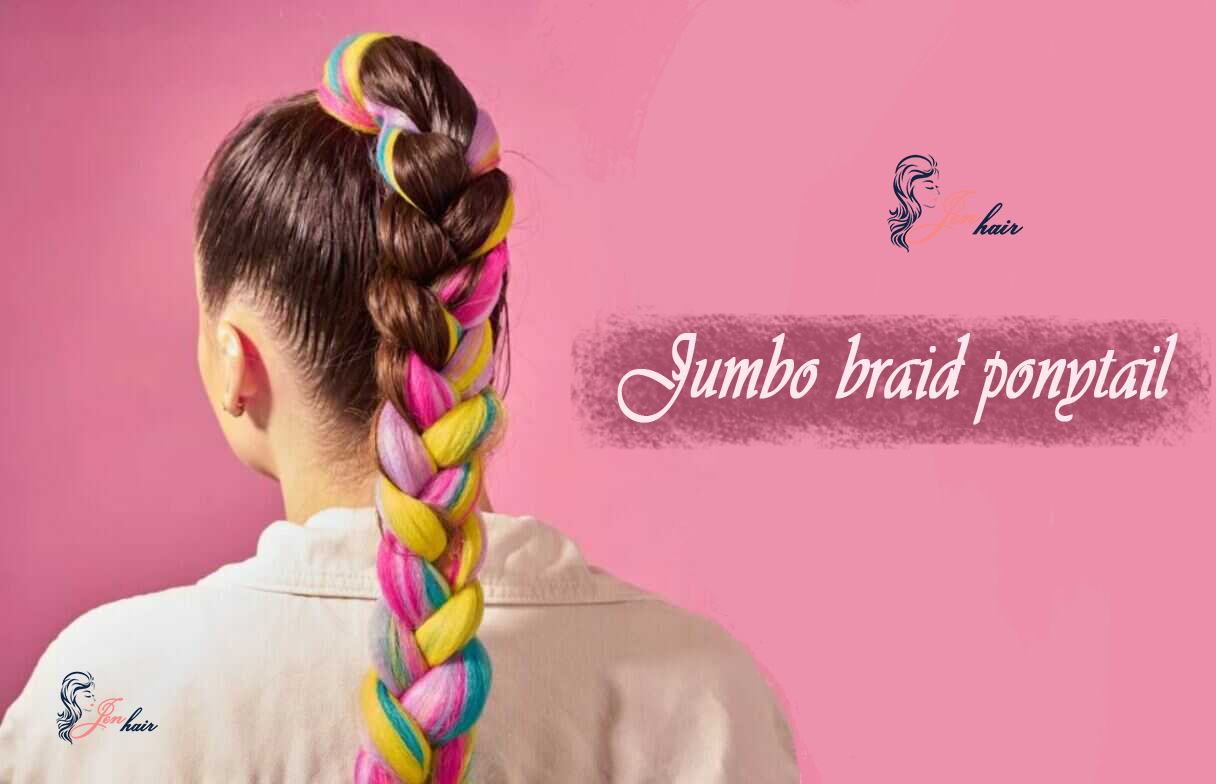 How to Do Jumbo Braid Ponytail? Best Jumbo Braid Hairstyles
How to Do Jumbo Braid Ponytail? Best Jumbo Braid Hairstyles